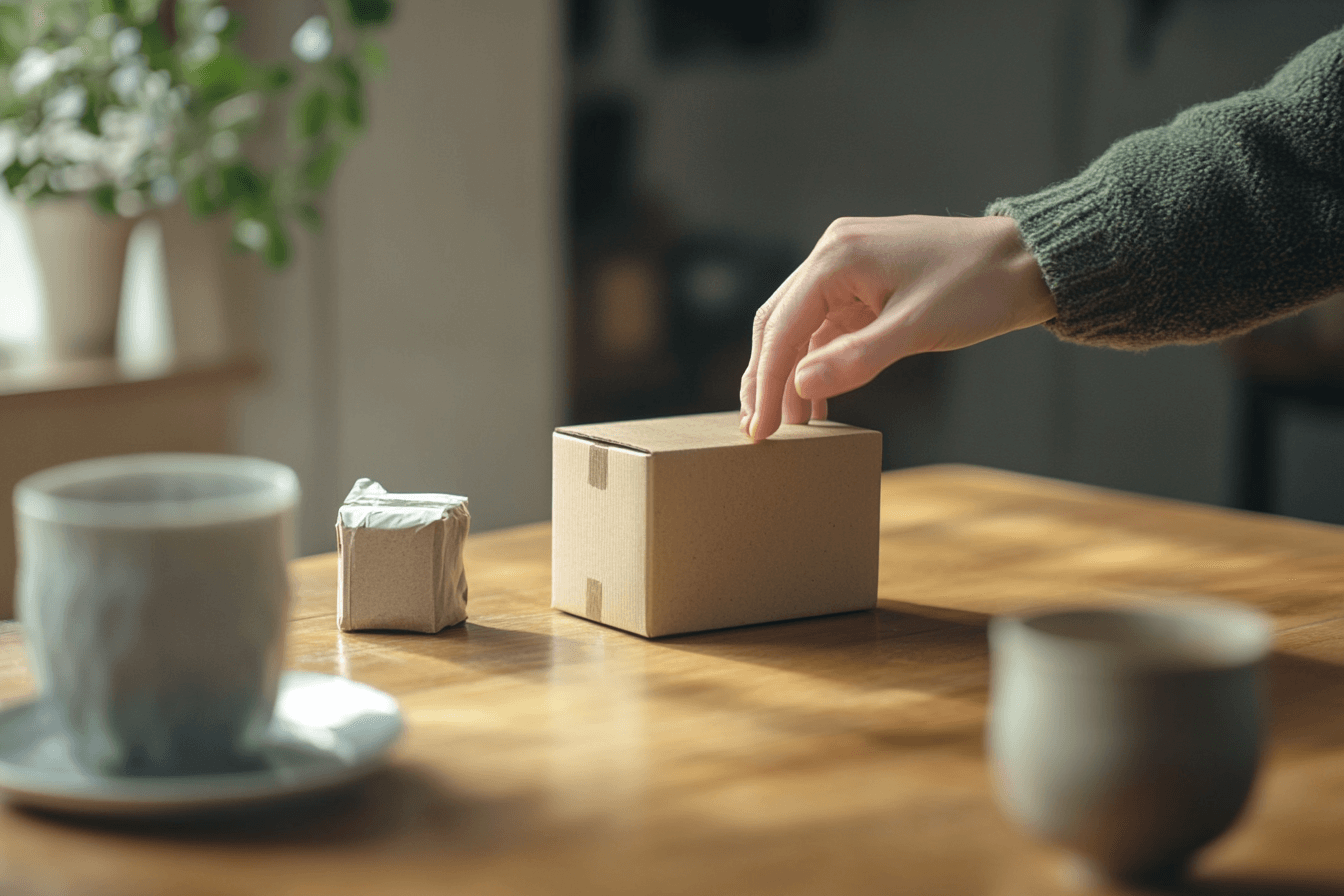The evolution of packaging in the e-commerce era
In the age of e-commerce and doorstep deliveries, packaging has become more than just a means to protect products. It’s now a critical part of the customer journey. When a consumer receives a package, their first physical interaction with a brand often comes through the box it arrives in. This moment is increasingly important in building loyalty and standing out in a crowded market.
From functionality to brand experience
Historically, packaging was about function keeping items safe in transit and ensuring they reached customers intact. But with the boom in online shopping, brands realized packaging could serve a more emotional role. A well-designed package can evoke joy, surprise, and connection. This is where the concept of the « unboxing experience » emerged, turning simple openings into branded moments.
The unboxing phenomenon and its influence on consumer behavior
Unboxing videos have taken social media by storm, with millions of views on platforms like YouTube and TikTok. Consumers not only care about what’s inside the box, but how it’s presented. As more people share these experiences online, brands have begun to craft visually appealing, tactile, and even fragrant packaging to make each unboxing feel special. In this environment, wasteful or environmentally harmful packaging can create a disconnect, sparking criticism and damaging reputation.
Why sustainable packaging matters
As consumers grow more conscious of environmental issues, their expectations for businesses have shifted. Packaging, often disposable and short-lived, is under intense scrutiny for its ecological impact.
Environmental impact of traditional packaging
Traditional packaging materials like plastic, Styrofoam, and multilayered composites are difficult to recycle and often end up in landfills or oceans. These materials can take hundreds of years to degrade, harming wildlife and ecosystems along the way. The carbon footprint of manufacturing and transporting these materials is also significant.
Consumer demand for eco-conscious alternatives
Today’s consumers are increasingly aligning their spending with their values. Many are actively seeking out brands that use sustainable materials and minimize environmental harm. According to several market surveys, a majority of millennials and Gen Z shoppers are willing to pay more for products with eco-friendly packaging. This shift in consumer behavior is pushing businesses to innovate and invest in greener solutions.
Key elements of eco-friendly packaging
Sustainable packaging is more than just swapping out plastic for paper. It requires a thoughtful approach to materials, design, and the full lifecycle of the product.
Biodegradable and compostable materials
One of the biggest trends in sustainable packaging is the use of biodegradable and compostable materials. These include plant-based plastics, mushroom packaging, and cornstarch foam, which break down naturally without leaving toxic residue. When composted properly, they return nutrients to the soil rather than polluting the environment.
Recyclable vs. recycled packaging
There’s a key distinction between recyclable and recycled packaging. Recyclable materials can be processed for reuse, but only if consumers dispose of them correctly and local facilities accept them. Recycled materials, on the other hand, are already on their second life, having been repurposed from post-consumer waste. Both options help reduce dependence on virgin resources, though recycled content is often the more sustainable choice.
Minimalism and design efficiency
Eco-friendly packaging also means less packaging. Minimalist designs that eliminate unnecessary layers, fillers, or decorative elements not only reduce waste but also simplify the recycling process. Smart design can use fewer materials without compromising on protection or presentation—proving that sustainability and style can go hand in hand.
The role of brands in driving change
Brands have a powerful role to play in normalizing sustainable packaging. By making responsible choices and communicating them clearly, companies can influence industry standards and consumer expectations.
Companies leading the sustainable packaging movement
Some major players have taken big steps toward eco-friendly packaging. For instance, Apple now uses 100% recycled aluminum in some products and has drastically reduced plastic in its packaging. Lush, the cosmetics brand, is known for its « naked » packaging selling many of its products without any packaging at all.
How startups are innovating packaging solutions
Startups are often leading the charge when it comes to innovation. Companies like Notpla are developing seaweed-based packaging that dissolves in water, while Ecovative uses mushroom roots to create protective packaging that’s fully compostable. These smaller players are often more agile and experimental, helping to push the boundaries of what’s possible.
Case studies: memorable eco-friendly unboxing experiences
Brands that combine sustainability with a great unboxing experience leave a lasting impression. Take the example of Allbirds, a shoe company that ships its products in a single box that doubles as both the shoebox and the shipping container. It’s sleek, stylish, and made from 90% recycled cardboard. Another standout is Grove Collaborative, which uses glass bottles, reusable containers, and dissolvable cleaning tablets to minimize waste and elevate the user experience.
Challenges in implementing sustainable packaging
While the benefits are clear, the path to sustainable packaging isn’t without obstacles. Transitioning from traditional to eco-friendly materials presents several challenges that businesses must navigate carefully.
Cost and supply chain constraints
Sustainable materials often cost more upfront, and sourcing them consistently can be tricky. Smaller companies may struggle to meet minimum order quantities or lack the budget to overhaul their packaging systems. In some cases, environmentally friendly materials might not be available in all regions, causing logistical delays or inconsistencies.
Balancing aesthetics with sustainability
There’s a perception that sustainable packaging can’t be as attractive or luxurious as traditional packaging. Finding the right balance between an elegant presentation and eco-conscious materials takes creativity and investment. However, many brands are proving that eco doesn’t have to mean boring—it just requires smarter design.
Educating consumers on proper disposal
Even the most sustainable packaging can become waste if not disposed of correctly. Brands need to include clear, simple disposal instructions and educate consumers about composting, recycling, or reusing their packaging. QR codes, infographics, and messaging inside the package can all help bridge this knowledge gap.

The future of unboxing: trends to watch
The packaging landscape is evolving quickly, driven by innovation, regulation, and changing consumer behavior. Here’s what lies ahead for the future of sustainable unboxing.
Smart packaging and digital integration
Smart packaging, embedded with NFC chips or QR codes, can offer digital product information, authentication, and recycling instructions. This reduces the need for printed inserts and encourages interaction beyond the physical product. It also opens new doors for personalized content and digital storytelling.
Reusable and refillable packaging systems
Brands are beginning to explore closed-loop systems where customers return or refill packaging instead of discarding it. Loop, a service by TerraCycle, partners with big-name brands to deliver products in durable, reusable containers that are picked up, cleaned, and refilled. It’s a model that could drastically cut packaging waste if adopted at scale.
Policy and regulation shaping the industry
Governments are stepping in with regulations that promote sustainable packaging, such as bans on single-use plastics or mandates for recycled content. These policies are accelerating industry change and setting new benchmarks. As regulation tightens, brands that are ahead of the curve will be better positioned to adapt and lead.








